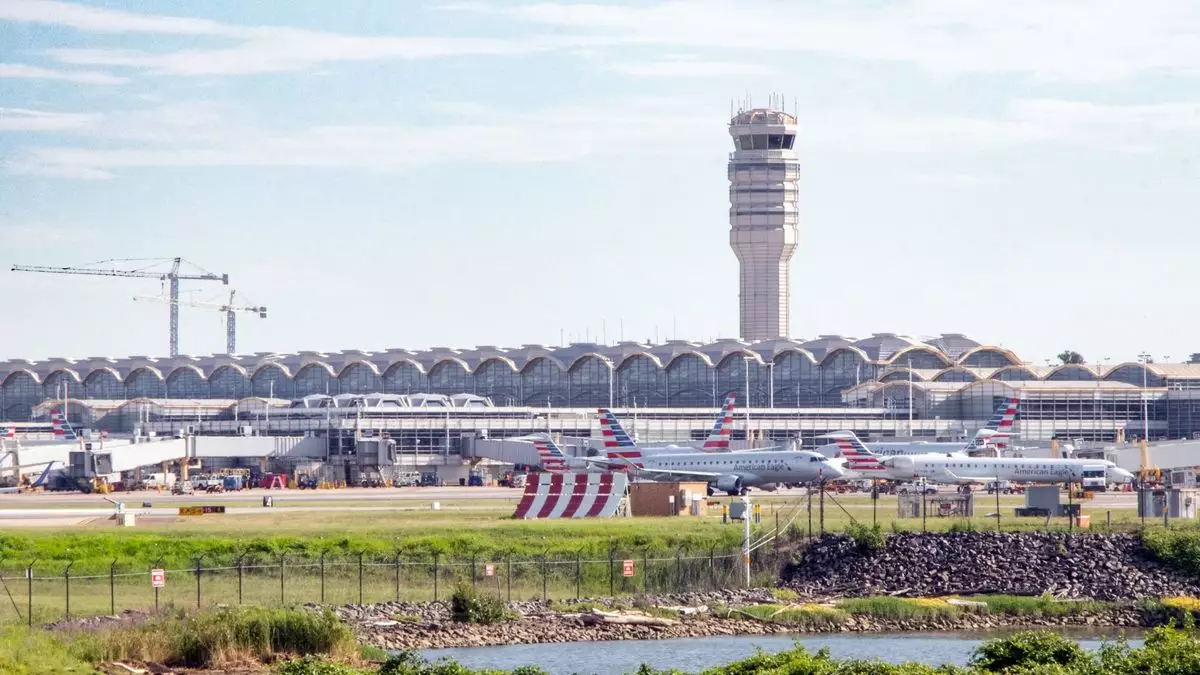The recent decision by the U.S. Department of Transportation (DOT) regarding additional flight routes at Washington Reagan National Airport (DCA) has significant implications for airline operations and regional connectivity. Five established airlines have been granted the privilege to launch flights beyond the existing 1,250-mile perimeter, augmenting the 20 daily round trips that already operate exempt from this distance restriction. The airlines selected – Alaska Airlines, American Airlines, Delta Air Lines, Southwest Airlines, and United Airlines – reflect the existing competitive landscape at the airport, serving both regional and national travel needs.
The 1,250-mile perimeter rule is designed to maintain a balance between local and national air travel from one of the busiest airports in the United States. This statute serves to limit the expansion of DCA to ensure that its operations complement nearby airports, particularly those that can handle long-haul flights, such as Washington Dulles International Airport. By allowing only certain airlines, specifically those already servicing routes within this perimeter, to acquire new slots for extended travel, the DOT aims to safeguard competition while promoting localized airline presence.
Despite various applications for the new flight slots, airlines like JetBlue, Spirit Airlines, and Frontier Airlines were disappointed in the selection process. The DOT deemed Spirit and Frontier ineligible because they lacked operations within the 1,250-mile perimeter, effectively limiting their access to such slots. Similarly, JetBlue’s application garnered the least favor due to its already established monopoly on flights between DCA and San Juan, Puerto Rico.
This allocation process underscores the complexities involved in determining eligibility and suitability based on operational history and current market dynamics. JetBlue’s argument centered on the notion that limiting new slots to larger carriers would reduce competition in the market, a concern that the DOT countered effectively. They asserted that the existing competitive framework warranted the decisions made, thus reinforcing the importance of maintaining robust local service options.
The decision to allocate these new routes should spark a renewed focus on the dynamic between larger carriers and smaller competitors in the air travel sector. By granting these additional routes to well-established players, the DOT could be perceived as favoring market dominance by a few major carriers, which may stifle innovation and competition.
Additionally, the time frame for activating these routes adds a level of urgency that airlines must meet, increasing operational pressures. Each selected airline has 90 days to activate its new routes, a requirement that not only tests their logistical capabilities but also aligns with the rapid pace of consumer demand for travel options post-pandemic.
The finalization of the route allocations at Washington Reagan National Airport marks a critical juncture in American air travel. The decision, while beneficial for established airlines, poses significant considerations for future competition within the industry. As operations evolve, the ripple effects of this decision will resonate within the market, influencing consumer choices and shaping the future landscape of air travel in the U.S. Maintaining a balance between supporting established carriers and nurturing competition will be essential as the industry moves forward.

